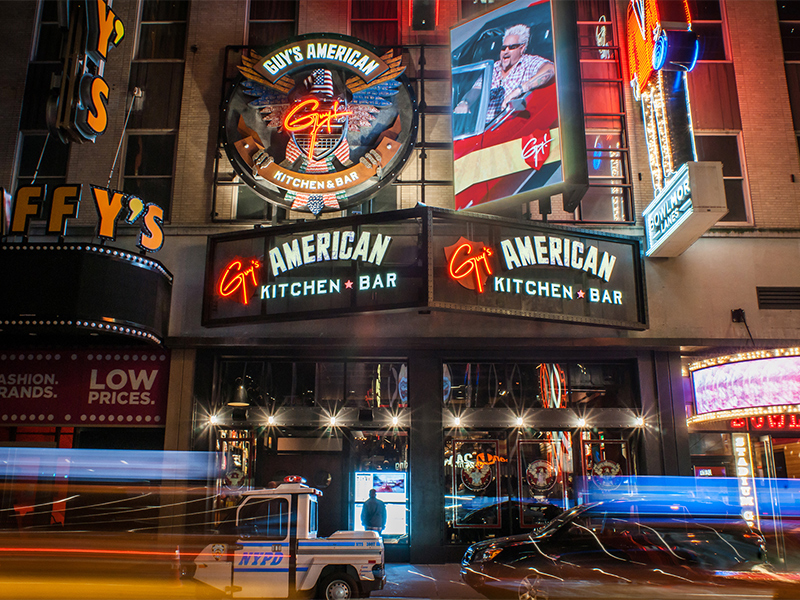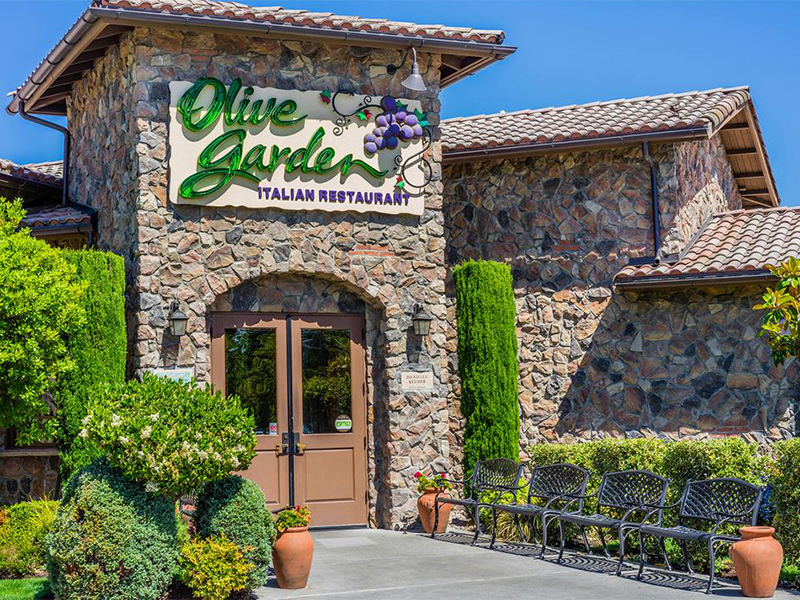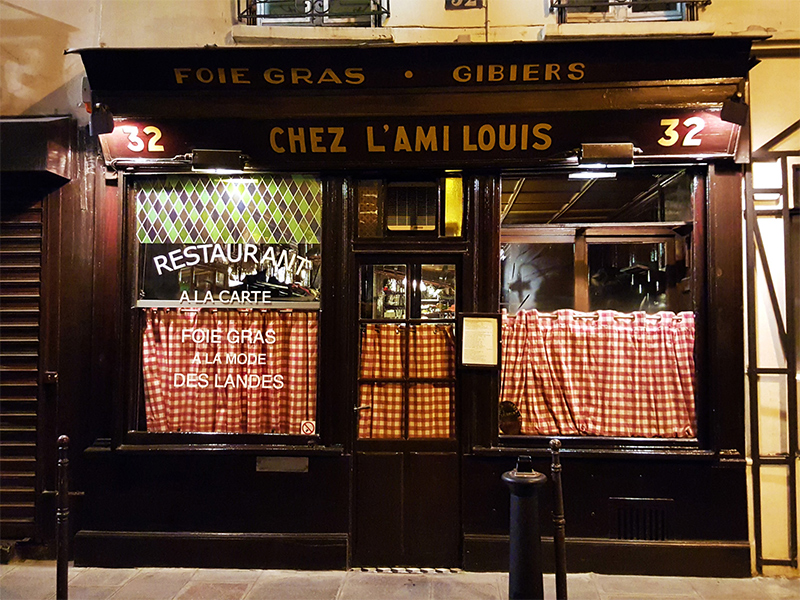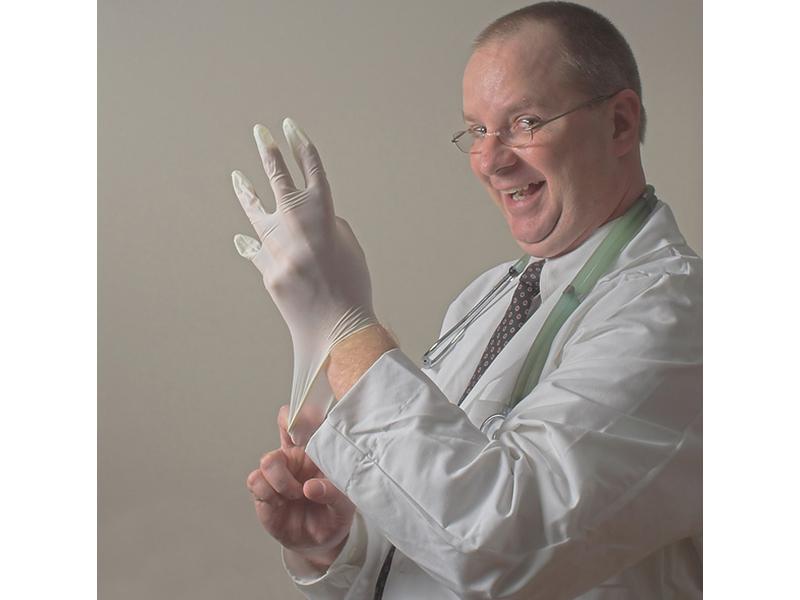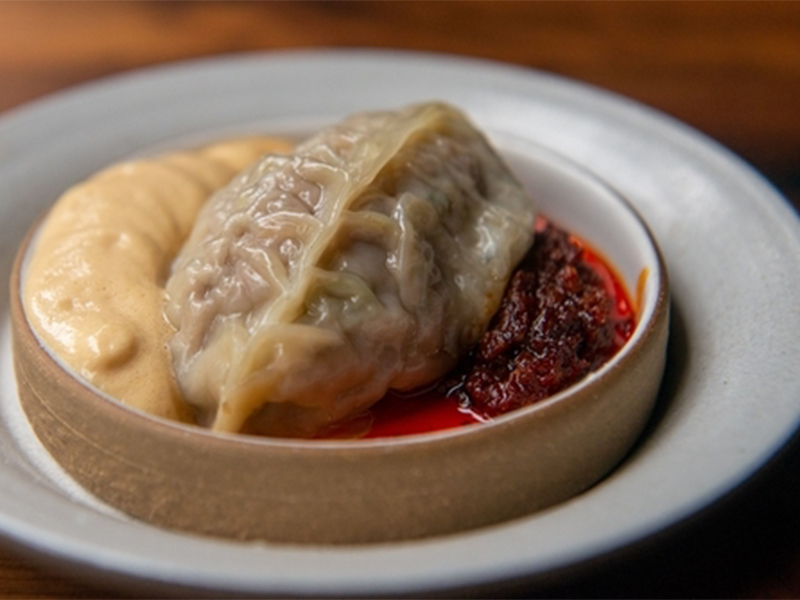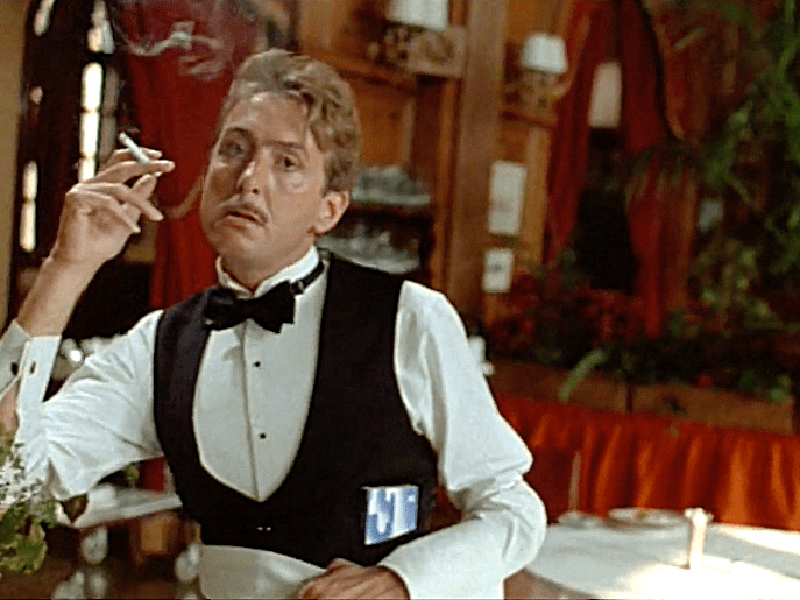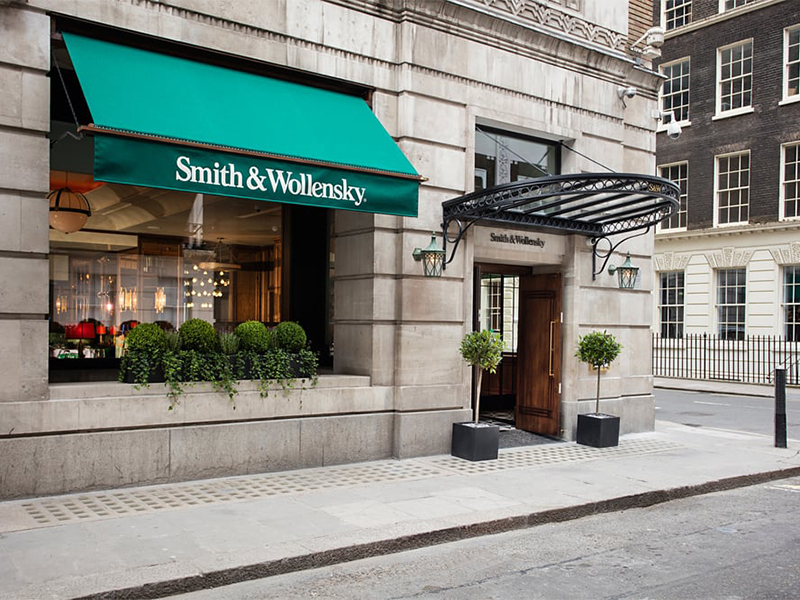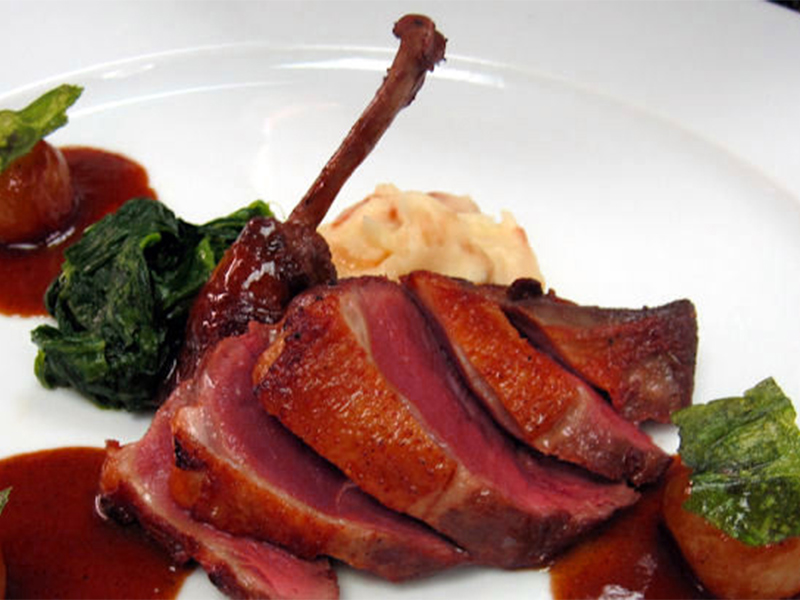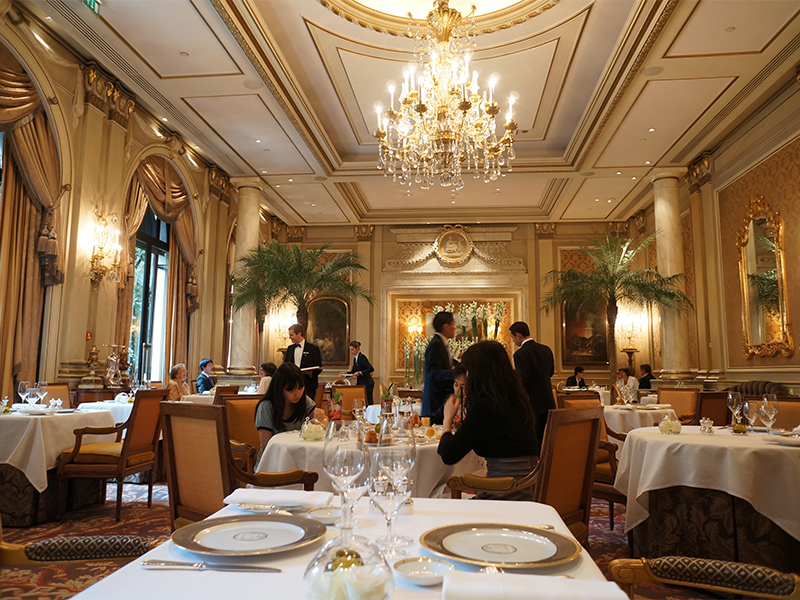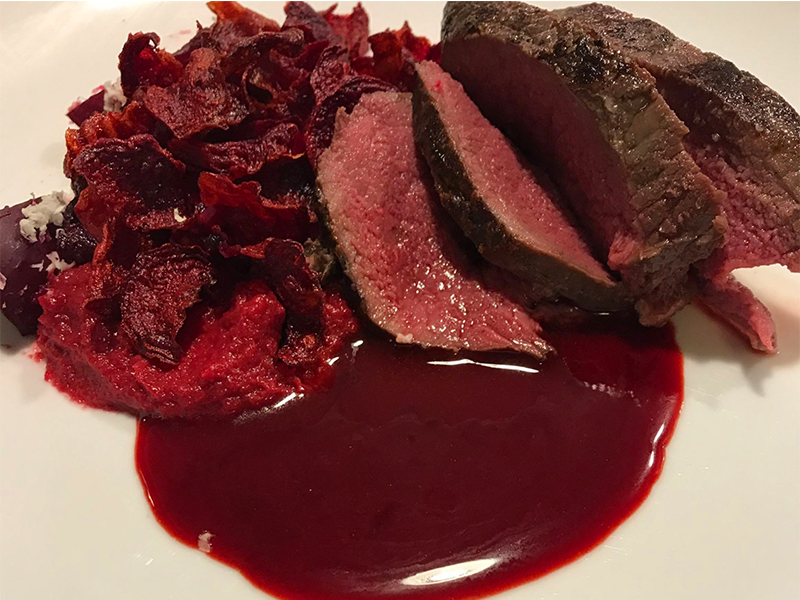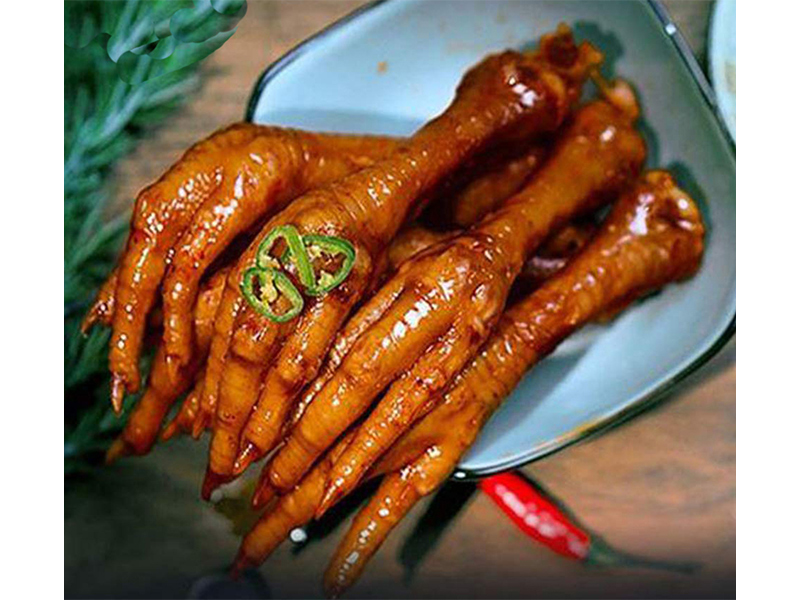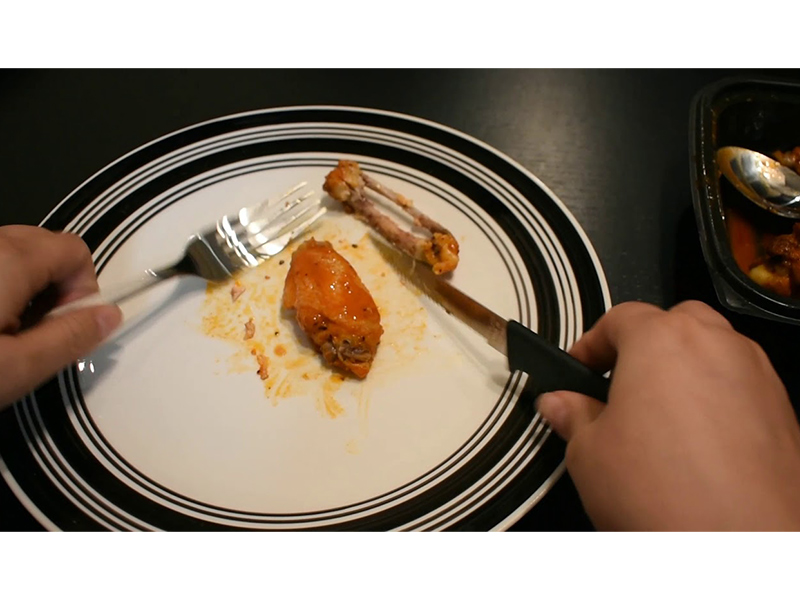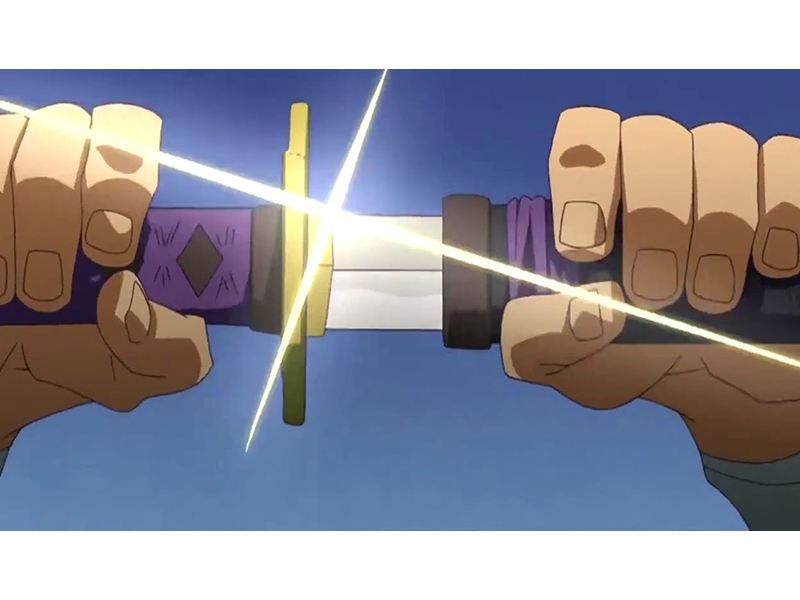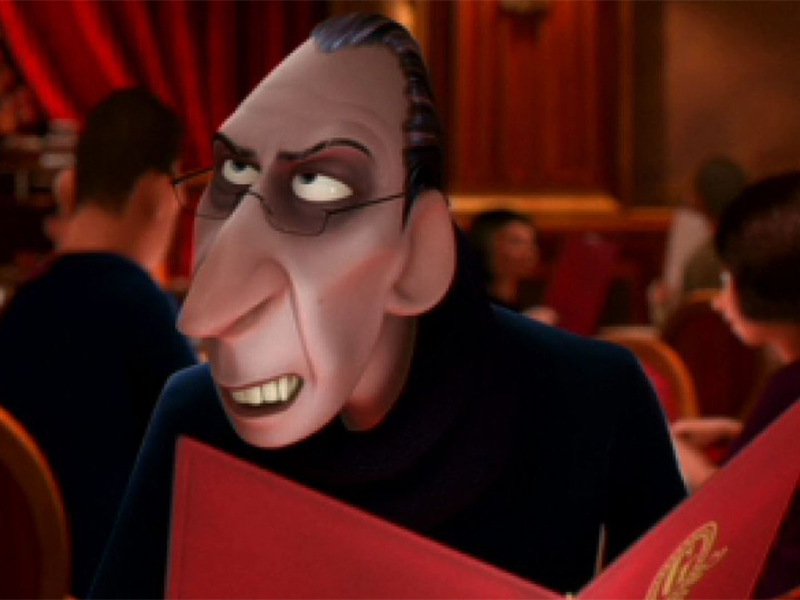Jay Rayner, restaurant critic for the London Observer, said…..”People adore bad reviews. Nobody would be interested in reading the good ones. Bad experiences are simply funnier.”
Brendan Behan, the Irish poet and playwright, once said, “Critics are like eunuchs in a harem. They know how it’s done. They’ve seen it done. But they’re just unable to do it themselves.”
By and large, that’s probably true. My guess is that Ben Brantley, the New York Times’ talented and feared Broadway theater critic, has probably never written a successful play. And his colleague, art critic Roberta Smith, has most likely never had a showing at a significant gallery. Likewise, the pop music critic for the Times may never have learned to play a Fender Stratocaster guitar (and certainly can’t play like Jimi Hendrix).
For the past several years, I have thoroughly enjoyed following important restaurant critics here in the United States as well as a select group of reviewers from across the pond.
I find that the American reviewers are uniformly excellent and entertaining writers no doubt providing valuable information to millions of their readers as they make their dining out choices. (If it weren’t for Grand Forks Herald columnist Marilyn Hagerty, for example, how many people would have never experienced the pleasures of Olive Garden? Okay, maybe that’s not the best example.)
One of my favorite writers is Pete Wells of the New York Times, who wrote, after a fairly recent visit to the legendary PETER LUGER STEAKHOUSE in Brooklyn, “After I paid, there is the unshakable sense that I’ve been scammed.”
Wells also opined on TV rock star Guy Fieri’s multi-million dollar restaurant in New York: “Somewhere within the yawning, three-level interior of GUY’S AMERICAN KITCHEN, there is a refrigerated tunnel that servers have to pass through to make sure that the French fries, already limp and oil-sogged, are also served cold.”
Back to the Olive Garden: The late Jonathan Gold of the Los Angeles Times (perhaps reviewing it as a joke) dubbed the chain’s famous breadsticks, “doughy things slicked with grease and oil.”
With American critics, this is about as critical as it gets. Their reviews tend to be accurate, informative, amusing, and occasionally a little harsh. But, if it’s true, all is fair.
On the other hand…
BRITISH FOOD CRITICS are SNARKIER, BOLDER, WITTIER, FUNNIER and MORE BARE-KNUCKLED.
To wit, the late (and great) A.A. GILL of the London Times:
“It tasted like PRESSED LIPOSUCTION.” (This was in reference to the paté at the famous Parisian bistro, L’Ami Louis, that American tourists love)
“The rest of the meal [at a Jean-Georges Vongerichten restaurant) was one bland, watery compost that could BARELY INCITE FLATULENCE.”
More from his review of L’Ami Louis:
Foie Gras: “…intimidatingly gross flabs of chilled paté, with a slight coating of PUSTULAR YELLOW FAT.”
The dining room: “The cramped tables are set with labially pink cloths, which give it a COLON-LIKE FEEL and the awkward sense that YOU might be the SUPPOSITORY.”
Servers: “Surly waiters in a DUNG-BROWN dining room”
In sum: “It is, all things considered, entre nous, THE WORST RESTAURANT in the WORLD.”
From Gill’s other reviews:
“They tied vegetables up with string and then sprayed them with raspberry vinegar like TOM CATS on the PULL”.
“THE soup was as cold as a PROCTOLOGIST’S FINGER.” (from a review of a London restaurant called Bouillabaisse)
”It’s laughably overpriced, but doesn’t take credit cards. But all that is just by the by compared with its unique horror. To get in, you have to be kissed by a woman called Mara, who must surely have been around to do tongues with Garibaldi.” (from a review of the London restaurant, San Lorenzo)
“Somehow the heat had welded them together into a gray, suppurating renal brick. It could be the result of an accident involving rat babies in a nuclear reactor. They don’t taste as nice as they sound.” (referring to the broiled kidneys at, you guessed it, L’Ami Louis”
“How clever are shrimp-and-foie gras dumplings with grapefruit dipping sauce? What if we called them fishy liver-filled condoms. They were properly vile, with a savor that lingered like a lovelorn drunk and tasted as if your mouth had been used as the swab bin in an animal hospital.” (from his review of Jean-Georges’ 66 restaurant in New York).
“The bean soup arrived cold around a mash of something that might have been peas, but also might have been ear wax.”
Now, my current favorite London food critic, JAY RAYNER:
“Brits understand the simple joy of comparing a rude waiter to an UNLUBRICATED COLONOSCOPY.”
“The steak slips down like something that has SPENT IT’S LIFE CHAINED TO A RADIATOR IN THE BASEMENT.” (When Smith & Wollensky opened in London)
“My dish of blood-rare pigeon might fly again if GIVEN A FEW VOLTS.”
“My advice? Don’t go. Keep not going. Keep not going a lot.” (From his review of Novikov, the wildly popular spot in Mayfair, London)
And last but not least, from his review of the crazy, goofy, nuts, wildly expensive Paris restaurant, Le Cinq, in the Four Seasons Hotel: “The dining room was decorated in various shades of taupe, biscuit and F**K You.”
Well, there you have it: CRITICAL REVIEWS PRIOR TO COVID-19!
The pandemic really changed everything. In March of 2020, the jubilant restaurant scene came to a screeching halt. THE JOY WAS GONE.
The industry worldwide was on its knees. COVID-19 was not just a blip; it’s a once-in-our-lifetime event (one can only hope).
Stoves were off. Chairs were set on tables upside down. Staff was furloughed.
How do restaurant critics cover this massive blow to the entire global restaurant industry? Will they?… should they?… be…cheerleaders?… Or, shifting to a newsier mode, should they just report the facts?
You may have noticed how Pete Wells of the New York Times responded to the crisis. He stopped rating restaurants with stars, presumably to go easy on them. But he also wrote, “Our primary job is to serve our readers, not the restaurants. Being a cheerleader does not serve my readers.”
On the other hand, in New Orleans, Brett Anderson pivoted from criticism to straight reportage. Why? “If I started pontificating whether the panéed rabbit was up to snuff, I would have been missing the bigger story….which was about recovery.”
Laura Reilly, who writes for the Washington Post, says, “I simply put reporting before criticism. How useful is it to talk about some restaurant’s garnish being off when you’re standing in three feet of water?”
And finally, Jay Rayner sums up the posture of most of the critics that I followed during the pandemic: “I prefer to accent the positive. That doesn’t mean giving good reviews to bad places. It just means that if I can’t be generally positive, I won’t review and I’ll just move on.”
To illustrate the tone of criticism during the past year, it was not brutal at all. It was more along the lines of….
“The venison was so undercooked, you could practically hear it snort.” (perhaps that’s a little harsh)
Or…“Authentic is not the same as good. Ever tried chicken feet? Jellified cartilage.”
And then this: “If I see someone eating chicken wings with a knife and fork, I know that we can never be friends.”
William Sitwell of the London Telegraph, wrote, “Don’t expect this kindness to last forever. You can rest assured that the sharp pen of the critic will return when the good times return.”
Critics’ knives will, once again, be unsheathed.
And I will look forward to it.
JUST MAKE ME LAUGH OUT LOUD ONCE IN A WHILE.
WTF






